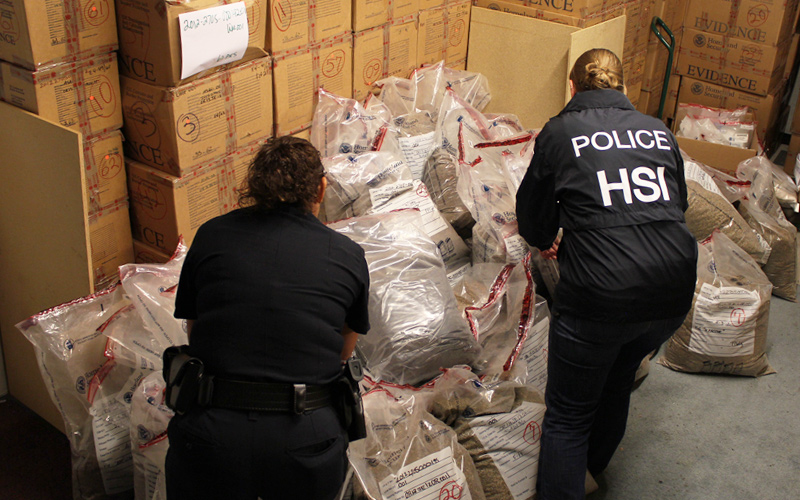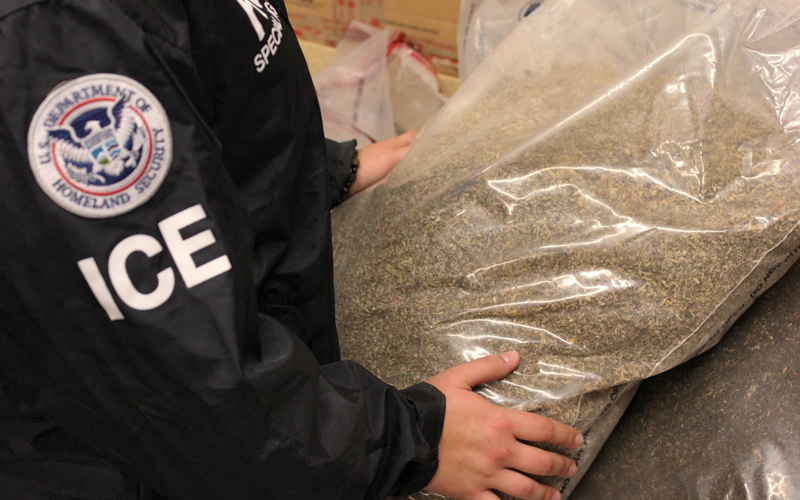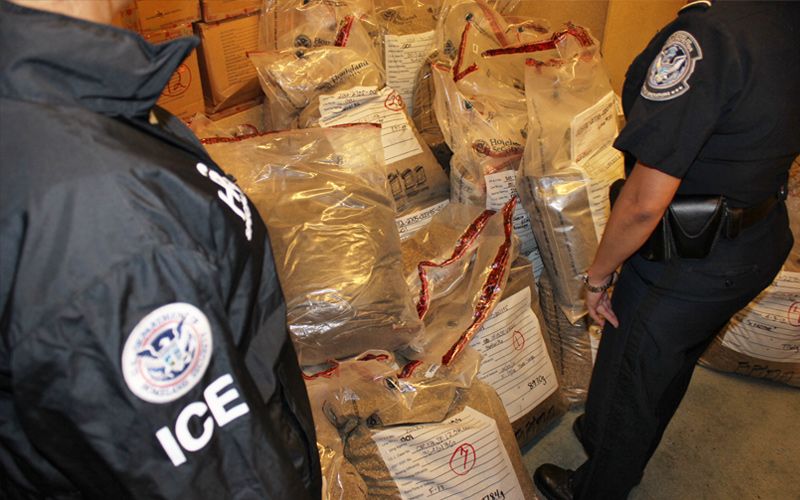TOP STORY: Fighting Spice, a growing epidemic
It's about as easy to buy as a soda, there is no age restriction, it's pseudo-legal and it's difficult to detect.
Spice, as it is commonly called, is frequently branded as incense or potpourri and, although the label says that it's not intended for human consumption, it is often used as synthetic marijuana. With names like K2, Fake Weed, Yucatan Fire, Skunk and Moon Rocks it's little wonder why.
According to the Office of National Drug Control Policy, Spice consists of dried lettuce leaves mixed with fertilizer that has been laced with synthetic cannabinoids, which mimics THC, the primary psychoactive ingredient in marijuana.
Because Spice is sold in legal retail outlets as incense the manufacturing process can avoid Food and Drug Administration regulatory oversight. Further complicating the situation, because Spice is easy to produce, it's impossible to know how much of what chemical is being ingested, which makes it incredibly dangerous.
The American Association of Poison Control Centers reports nationally 659 calls of exposure to synthetic marijuana from January to March of this year. The use of this dangerous synthetic drug can lead to agitation, confusion, hallucinations, vomiting, heart attacks, comas and death.
Use of synthetic marijuana is alarmingly high. According to data from the 2011 Monitoring the Future survey of youth drug-use trends, 11.4 percent of 12th graders used Spice in the past year, making it the second most commonly used illicit drug among seniors.
U.S. Immigration and Customs Enforcement's (ICE) Homeland Security Investigations (HSI) Santa Ana Supervisory Special Agent Thomas J. O'Donnell explained that much of the difficulty comes from the pseudo-legality of the drug.
"The really hard part is proving the intent for human consumption," said O'Donnell, "it's perfectly legal to manufacture these products; that is, unless you intend for people to use them to get high."
The manufacturing of analogs that mimic the effects of Schedule I Controlled Substances was made illegal by the Analog Act.
In order to be labeled as an analog, authorities must prove that a product, which mimics the effects of Schedule I narcotics, was sold with the intent to be consumed. As it stands, the product is labeled potpourri and bears the warning "not for human consumption."
He explained that every time a chemical in the compound is labeled as a Schedule I substance, the manufacturers replace it with another compound that is equally as harmful.
"We are fighting an epidemic," said O'Donnell. "These drugs are unregulated and untested, so you have no idea what's in them."
O'Donnell explained that special agents have seized so much of the chemical compound that makes up Spice, that they are running out of room to store it.
"It's the legal distribution of narcotics," he said. "One of the reasons the industry has taken off is because in order to prove that something is an analog of a controlled substance you have to do a lot of lab tests. It's hard to prove that a substance has a similar chemical structure and similar effect to a narcotic, so what's happened is it's taken a long time for law enforcement to catch up. Basically, the industry is hiding behind the products not being for human consumption."
Despite the overwhelming tide against them, HSI special agents continue the fight against this dangerous, and potentially lethal, drug.
As a result of such efforts, a federal grand jury indicted five Boise, Idaho, area residents on federal charges for their role in a scheme to manufacture and sell Spice, May 5.
The defendants, Mark A. Ciccarello, 35, Holly F. Ciccarello, 39, Robert A. Eoff, 30, Troy L. Palmer, 43, William B. Mabry, 45, were arrested and made their initial appearance in federal court following a probe by special agents and officers with the Organized Crime and Drug Enforcement Task Force.
The defendants face four counts of conspiracy to distribute a controlled substance analogue; conspiracy to smuggle goods into the United States; conspiracy to sell and transport drug paraphernalia; and conspiracy to launder money.
If convicted, the defendants face up to 20 years in prison and a $1 million fine on the distribution charge alone.




